The LS-8000 generates bands which could be characterized as periodic strips running at right angles to the direction of the scan.
Ordinarily these bands are not visible as in this raw scan of a monochromatic source:
 |
The bands become visible on the monitor only after a substantial increase in contrast:
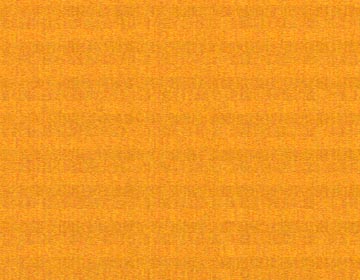 |
Banding is more likely to be noticed on scans of negatives because they undergo substantial contrast enhancement as the black-white points are applied. In addition, I would note, that the banding phenomenon is more likely to be noticed on prints made from these scans, especially in highly saturated areas such as blue skies. If most of the material that you scan is transparencies, it's unlikely that banding will be noticed. This is probably why the problem wasn't evident to me, even after having an LS-8000 for several months.
Some experts have attributed the problem to miscalibration of the CCD sensor strips, seemingly a software problem, yet the LS-9000 does not have the banding problem. The fix for this problem is to use the SuperFine option, which results in scans taking 3 times longer.
Flare
As example of CCD flare I scanned a slide with a light leak (round hole):
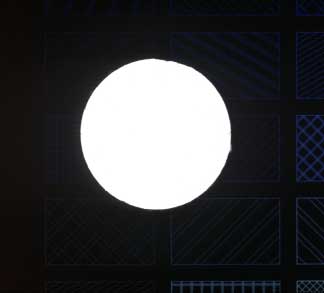
Without SuperFine |
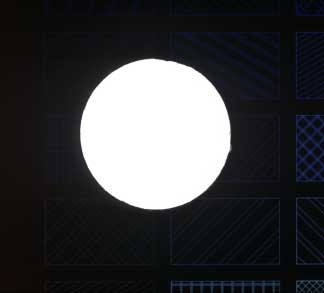
With SuperFine |
To make the banding visible (and just barely in this case) we've had to apply a substantial increase in contrast:
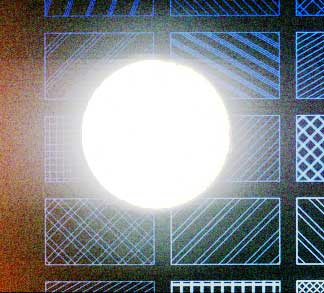 |
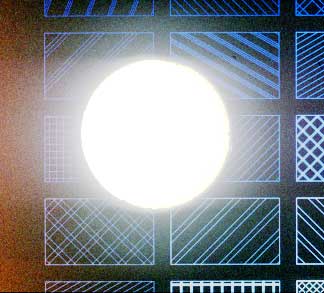 |
To show that the tail of the halo is flare I rotated the frame.
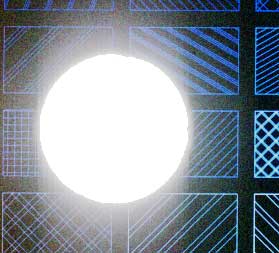 |
CCD flare, as opposed to flare caused by a dirty optical element, will vary more with the direction of the scan |
This example is more intended to display the effect that a light leak has. A more critical reason for preventing a light leak is that it effectively defeats the exposure system. Again, this worst case of flare and banding is otherwise barely visible normally and requires enhancement to make it plainly visible.